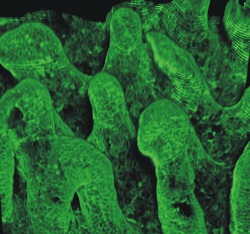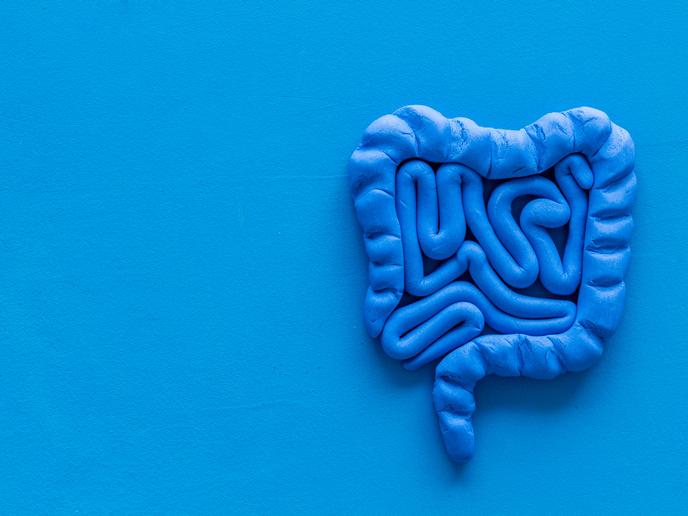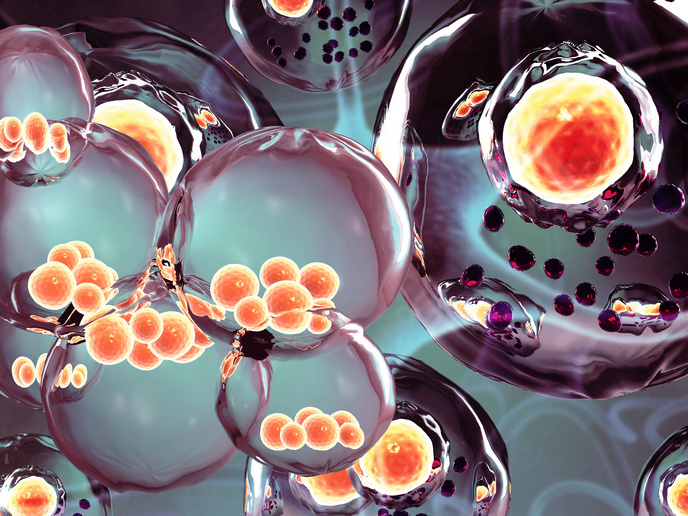Tissue engineering to mitigate the negative impact of digestive diseases and disorders
Functional in vitro models of epithelial tissues are key elements in basic biological research, disease modelling, drug discovery and regenerative or personalised medicine. Clinical applications of tissue engineering are hampered by the risk of bacterial infection due to the lack of functional epithelial engineered tissues. In the case of the small intestinal epithelium, functional in vitro models are needed to accurately predict the absorbance of drugs delivered orally. Trouble-free engineering strategies for microfabrication “The ultimate goal of COMIET is to engineer intestinal epithelial tissue models that mimic physiological characteristics found within in vivo human intestinal tissue,” says Prof. Elena Martinez, leader of the ERC project. To achieve this, an experimental approach will combine microfabrication techniques, tissue engineering components and the self-organising characteristics of intestinal organoids. To date, the project team has set up a simple strategy to microfabricate 3D villi-like structures on very soft materials. The 3D model shows functional parameters that are closer to physiological tissue than conventional flat monolayer culture systems. This will improve predictability of drug absorption, for instance. The findings have been submitted for publication and form the basis of a PhD thesis. According to Prof. Martinez, researchers have developed a strategy to “open up” intestinal organoids that are 3D closed structures. The aim is to form monolayers that cover flat substrates and the project’s fabricated 3D scaffolds. The results were advanced at the Organoids EMBO I EMBL Symposium 2016 and will soon be published. Project partners also demonstrated that the 3D villi architecture has a direct impact on bacteria adhesion and invasiveness potential. In vitro human intestinal models that faithfully replicate in vivo behaviour Prof. Martinez explains that the most significant output of COMIET will be to demonstrate that engineering strategies can be successfully used to provide intestinal epithelial stem cells with physical and biochemical cues that guide their compartmentalisation, barrier formation and renewal as in vivo. “If this concept is successfully demonstrated, a similar approach could also be used to mimic other epithelial tissues with complex geometries such as kidney, skin or lungs,” she says. In the field of basic research, end users will benefit from a system that recapitulates the main physiological characteristics of the in vivo tissue. As a result, it can be used in developmental studies, but also as an in vitro model of human diseases. Those involved in drug screening, drug absorption and toxicology assays also stand to benefit from a system that improves predictability of current assays. “The aim is for COMIET to open up new research avenues in human intestinal diseases,” concludes Prof. Martinez. “Patients will ultimately gain from the project outcomes, as the system can be used for personalised medicine strategies.”
Keywords
COMIET, epithelial tissues, in vitro modelling, microfabrication, tissue engineering







